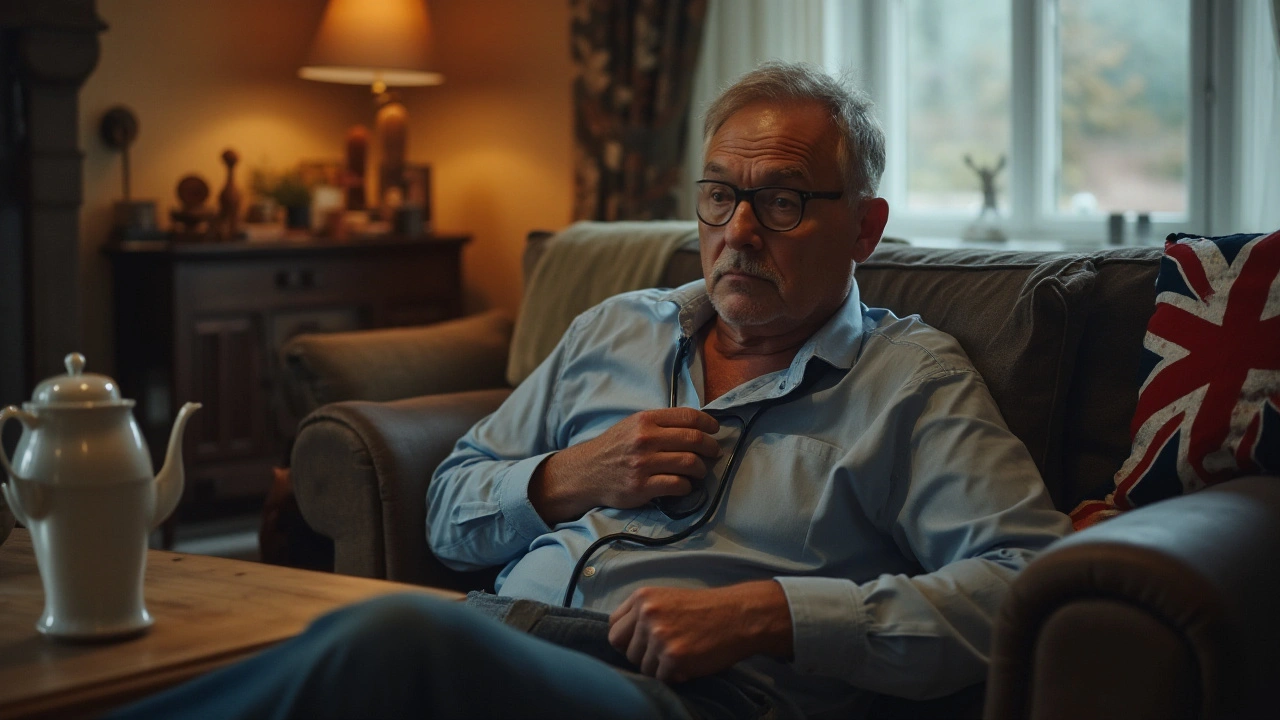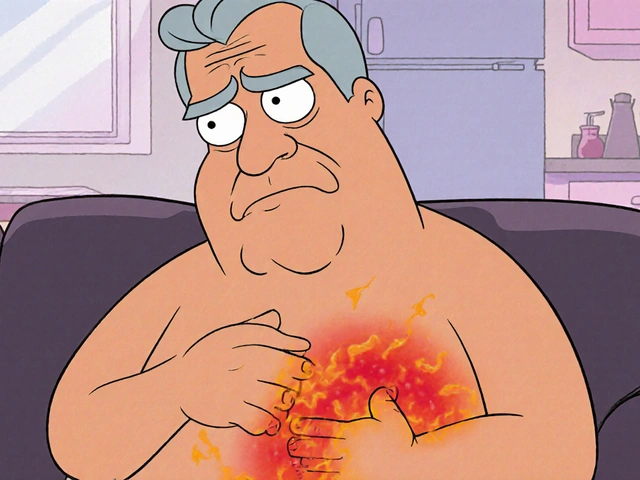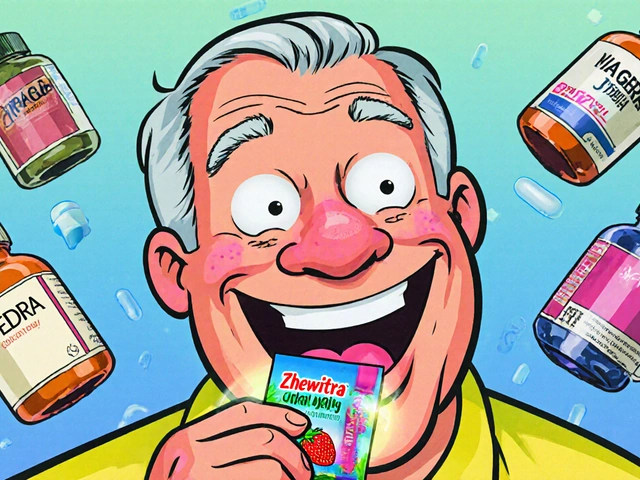Sudden Cardiac Arrest: How to Spot It and Act Fast
Sudden cardiac arrest (SCA) often hits without warning and can be fatal within minutes. If someone suddenly collapses and isn’t breathing normally, think SCA. Quick action saves lives: call emergency services, start CPR, and use an AED if one is available.
Recognize and act fast
Look for sudden collapse, unresponsiveness, and no normal breathing. Gasping or irregular breathing is not normal breathing. Don’t wait for a pulse check unless you’re trained — start chest compressions immediately if the person is unresponsive and not breathing normally.
Call emergency services first or have someone else call while you start CPR. Push hard and fast in the center of the chest, about 2 inches (5 cm) deep for adults, at a rate of 100–120 compressions per minute. Let the chest fully recoil between compressions. If you’re not trained or unsure, hands-only CPR (continuous compressions) is better than doing nothing.
If an AED is nearby, turn it on and follow the voice prompts. It will tell you when to deliver a shock. Attach pads to the bare chest as shown on the device. Continue CPR until emergency responders arrive or the person shows signs of life.
Reduce your personal risk
SCA often stems from underlying heart disease, but it can affect people with no known issues. Control what you can: treat high blood pressure, high cholesterol, and diabetes. Quit smoking, stay active, and avoid stimulant drugs that raise heart rate and blood pressure. If you faint during exercise, have palpitations, or blood relatives died young from heart problems, see a doctor for testing.
High-risk patients may be offered an implantable cardioverter-defibrillator (ICD) or specific medications. Survivors need follow-up tests like ECG, echocardiogram, and possibly cardiac catheterization. Cardiac rehab and lifestyle changes help recovery and lower future risk.
Public access to AEDs and CPR training matter. Many workplaces, gyms, and public areas have AEDs. Learn hands-only CPR and AED use — a short course can make you ready to act. If you witness a collapse, your fast response can be the difference between life and death.
Want practical next steps? Find a local CPR class, locate nearby AEDs at places you visit often, and schedule a heart checkup if you have symptoms or a family history. Being prepared gives you the power to save a life.





